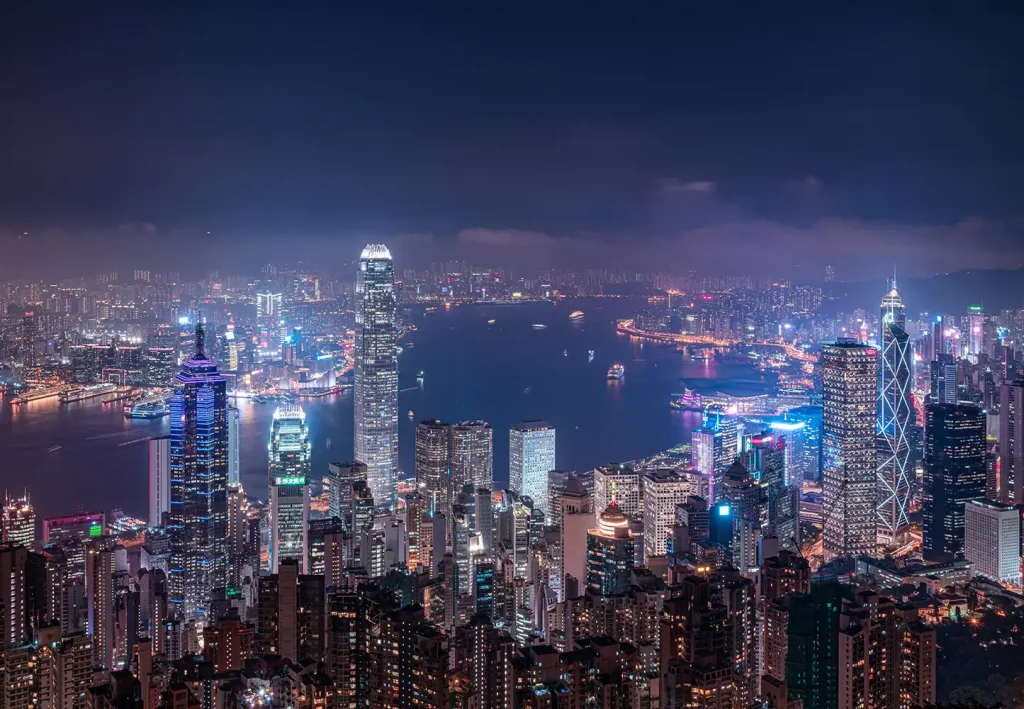
The Asia-Pacific region accounted for nearly half of the world’s avoided fossil fuel use in 2024, according to the Energy Institute’s (EI) 2025 Statistical Review of World Energy. Released in partnership with KPMG and Kearney, the annual review paints a complex picture of progress and contradiction in the global energy transition.
Asia-Pacific contributed 43% of global fossil fuel avoidance, compared to just 21% from Europe, the report shows. China dominated renewable energy expansion—generating 57% of all new global wind and solar capacity. Solar energy in China nearly doubled in the past two years alone.
At the same time, the region continued to fuel the rise in emissions. China and India were jointly responsible for three-quarters of the global increase in CO₂ emissions, with China alone accounting for 31% of global emissions in 2024.
In Southeast Asia, signs of structural transformation emerged. In ASEAN countries, renewable energy is expanding at a faster pace than total energy demand, indicating a shift toward low-carbon power systems.
Electricity demand across Asia also surged. China was responsible for around half of the global year-on-year increase in electricity generation and has nearly doubled its power output over the past decade.
Globally, wind and solar grew by more than 16% in 2024, outpacing overall energy demand growth, which rose by 2% to reach a record 592 exajoules (EJ). Fossil fuel use also rose, albeit modestly at just over 1%. For the first time since 2006, all major energy sources—including coal, oil, gas, hydro, nuclear and renewables—hit all-time consumption highs.
Despite record-breaking deployment of renewables, the world saw a fourth consecutive year of rising emissions, underscoring the growing challenge of aligning energy supply with climate goals.
Energy Institute President Andy Brown said the figures highlight the difficulty of balancing rising energy demand with the need for decarbonisation. He noted that while electrification is accelerating in developing economies, around 60% of new energy demand continues to be met by fossil fuels.
EI Chief Executive Dr. Nick Wayth pointed to China’s dual role in the global energy landscape—both as a leader in renewable deployment and as the world’s largest emitter. The country’s choices will have profound implications for the world’s ability to deliver a secure, affordable and low-carbon energy future, he said.
Dr. Romain Debarre of Kearney added that rising geopolitical tensions have elevated concerns around energy security and technological sovereignty, in some cases displacing climate priorities. He warned that global emissions and extreme temperatures in 2024 represent a wake-up call.
Wafa Jafri of KPMG said the global pledge to triple renewables by 2030 is facing headwinds from higher interest rates and supply chain bottlenecks, particularly in Europe. In contrast, emerging markets, led by China, continue to drive renewable growth at scale. The energy transition, she said, is proving disorderly rather than uniform.
As the global transition unfolds, Asia-Pacific remains pivotal. The region’s ability to expand energy access, strengthen grid resilience, and decouple growth from emissions will determine whether the world can achieve a low-carbon energy future.







